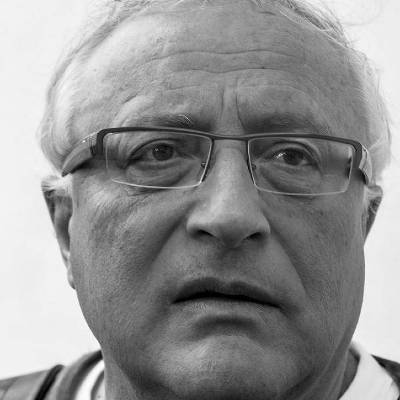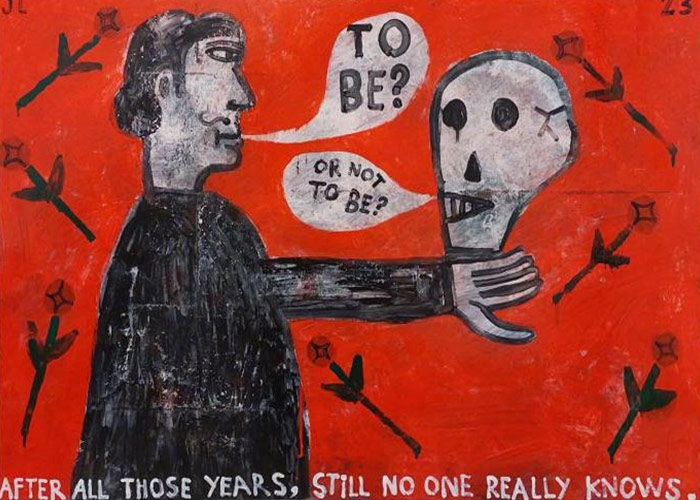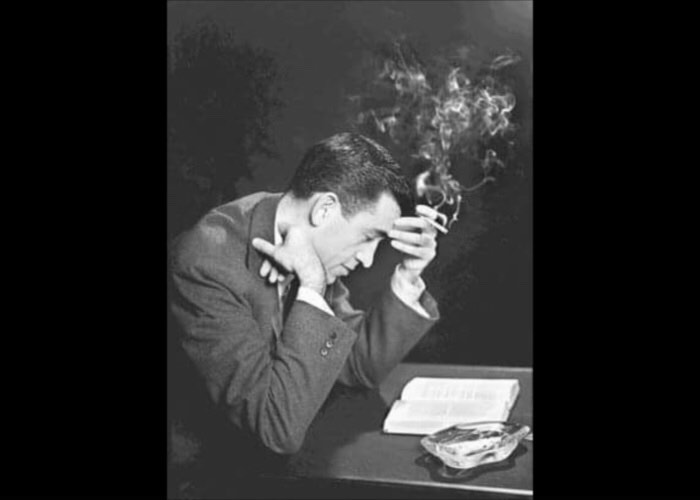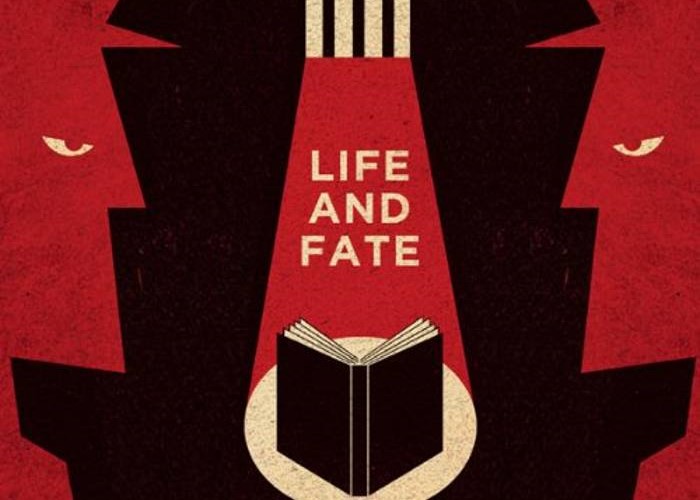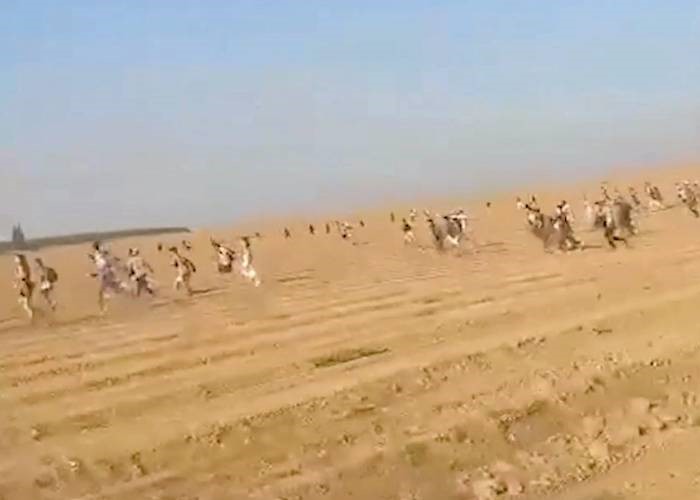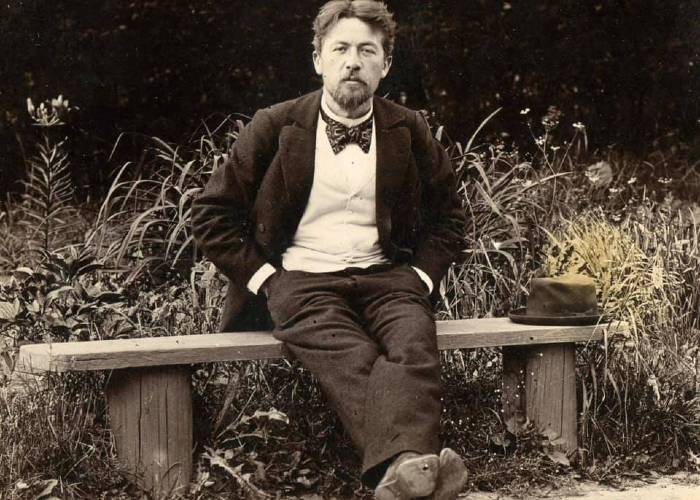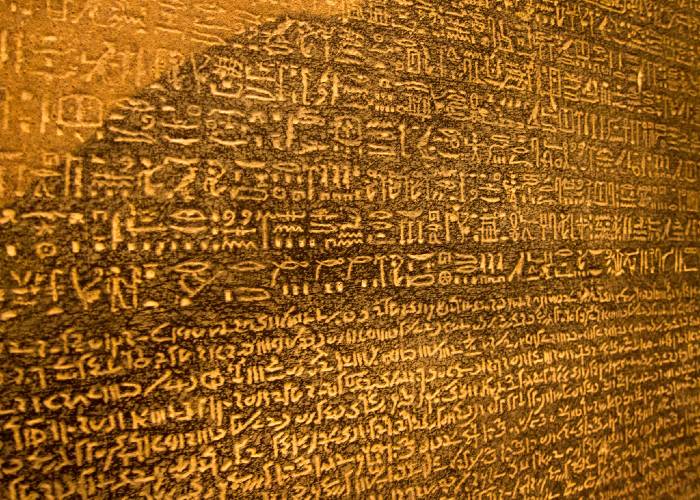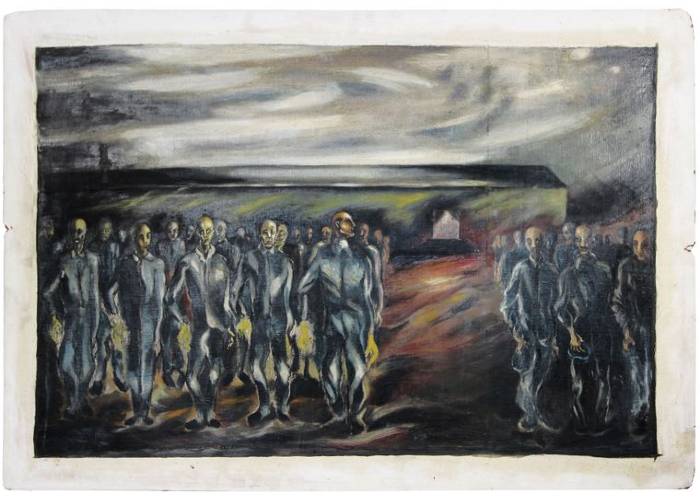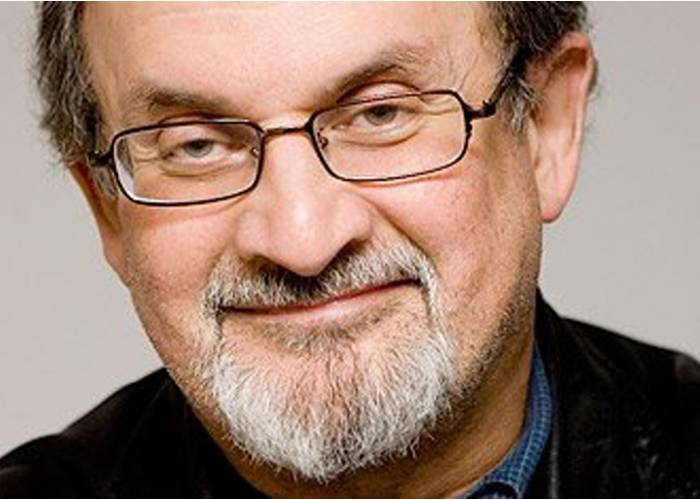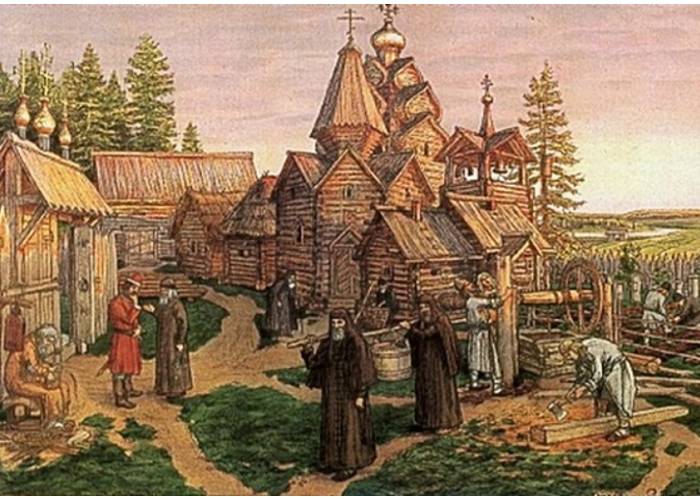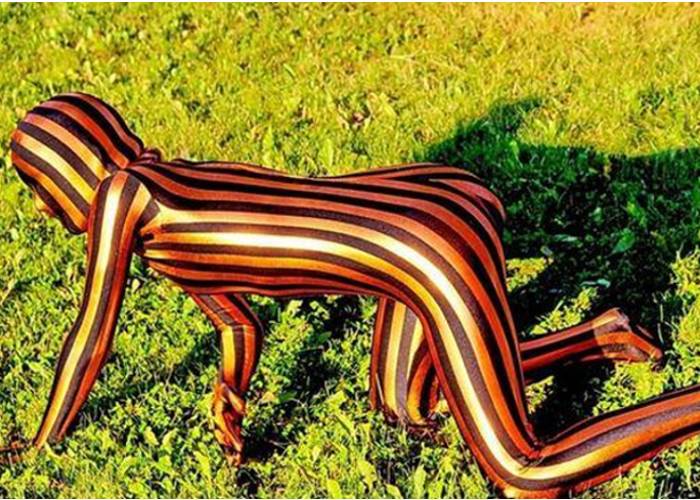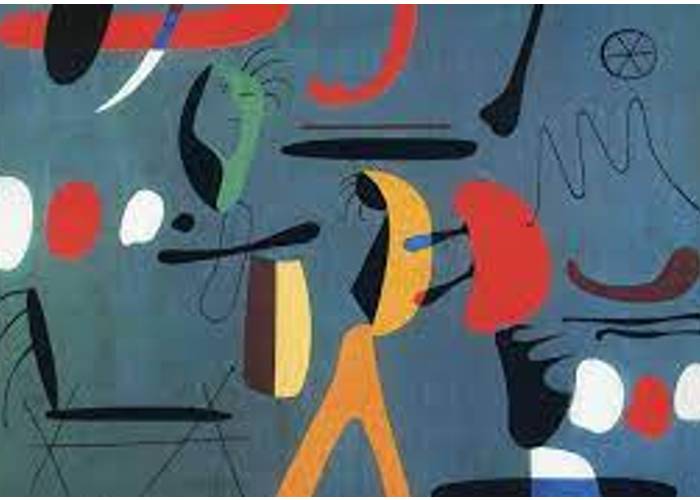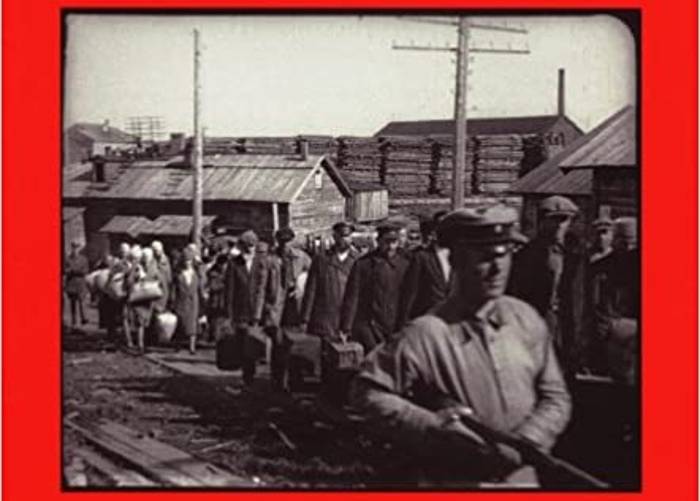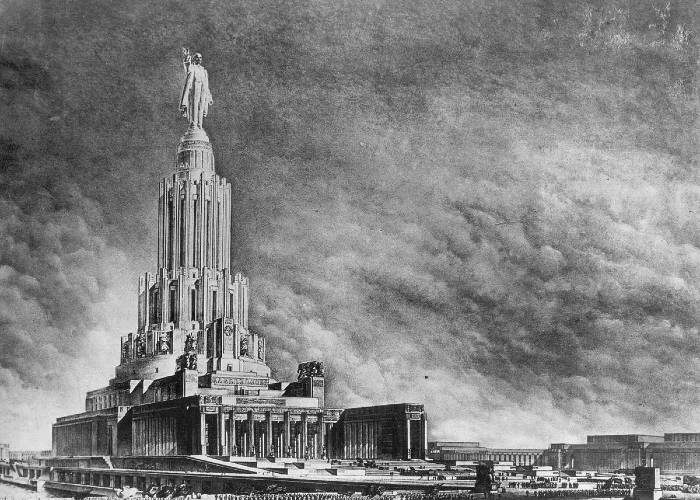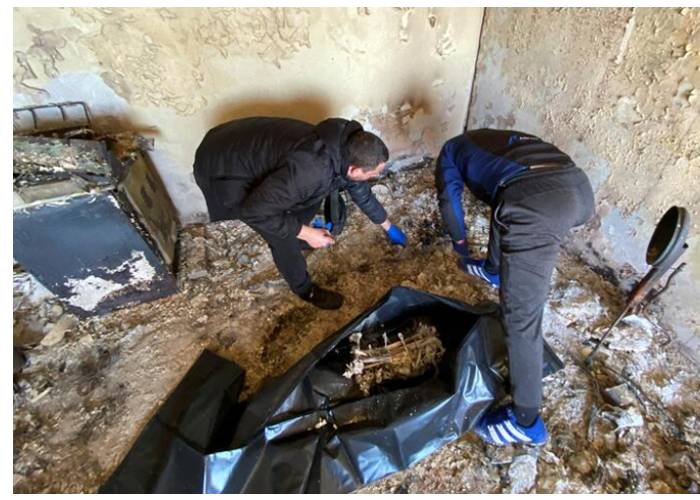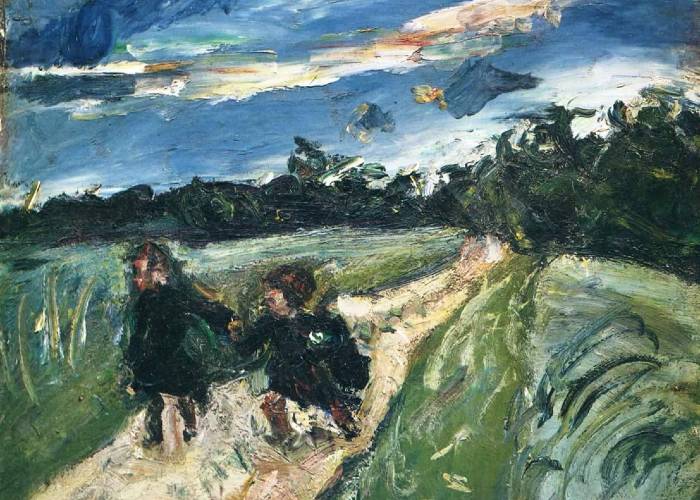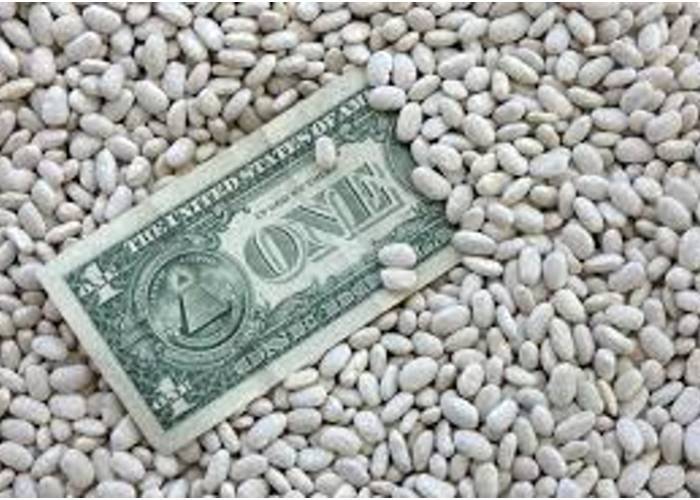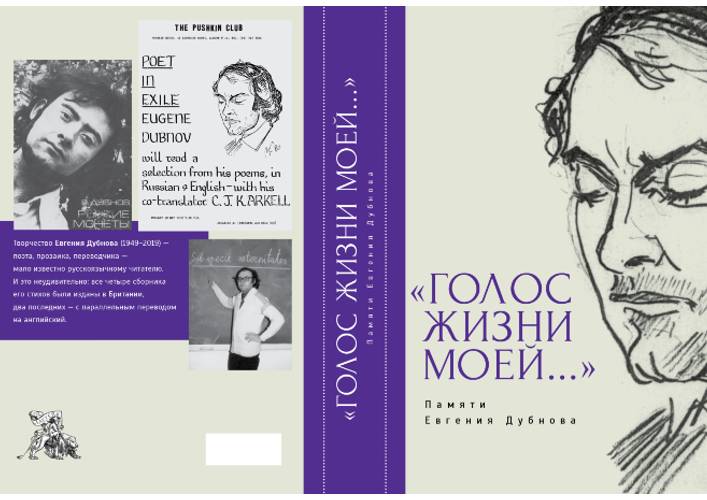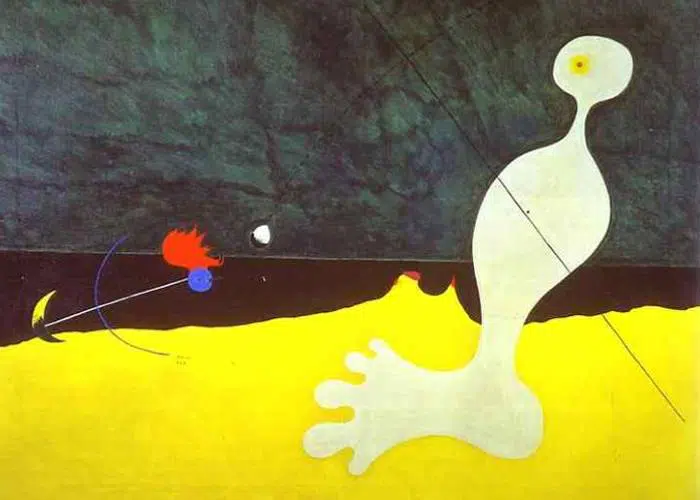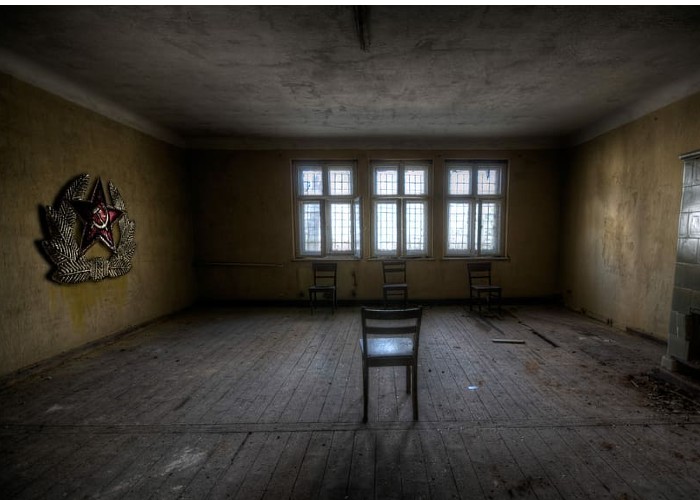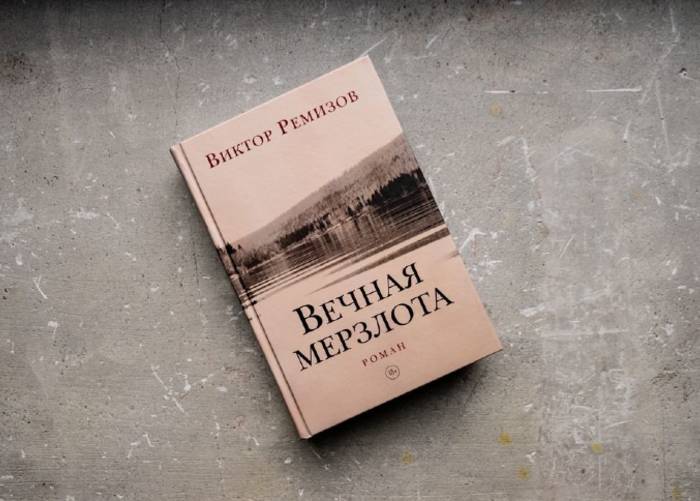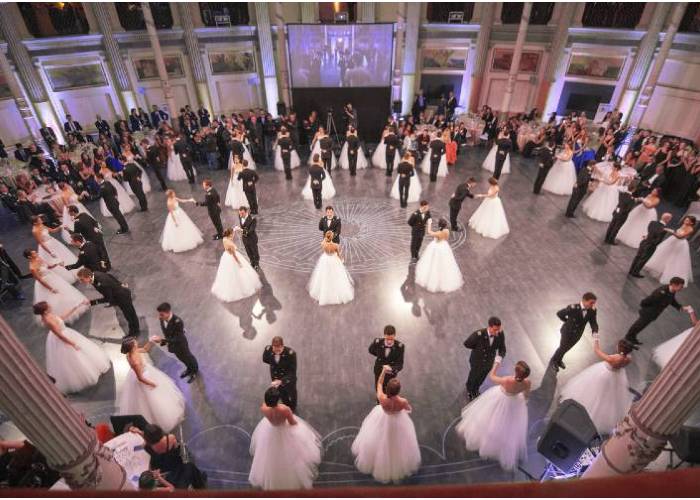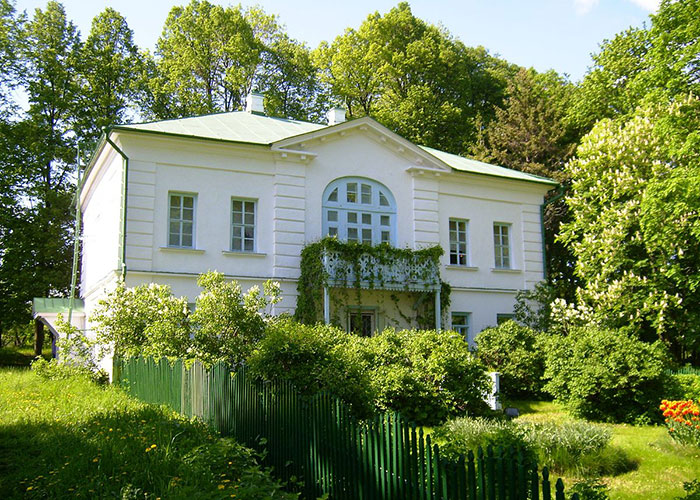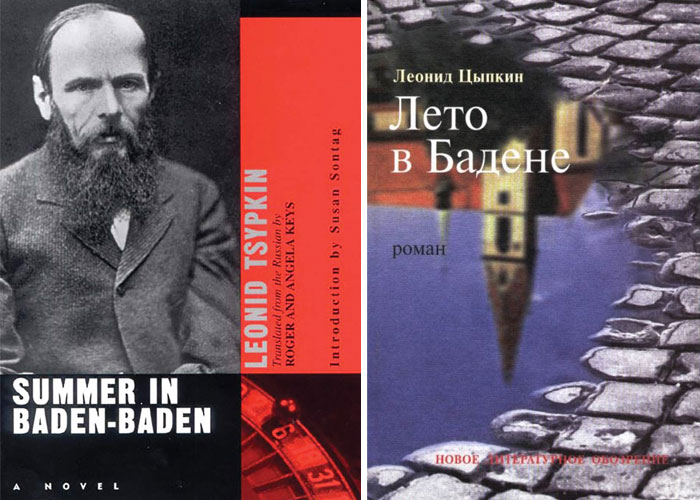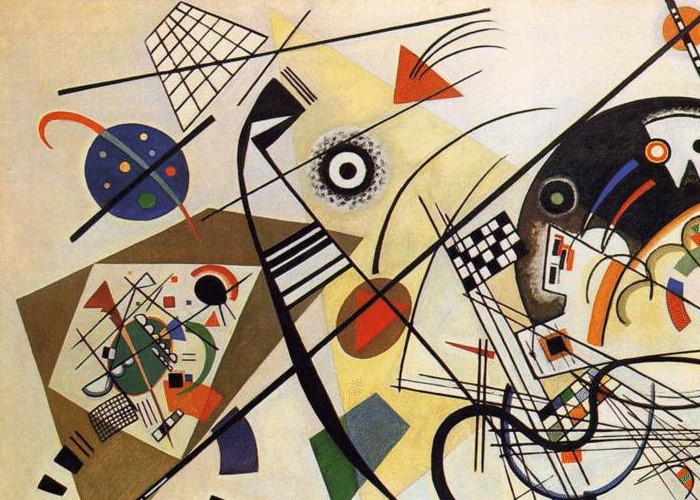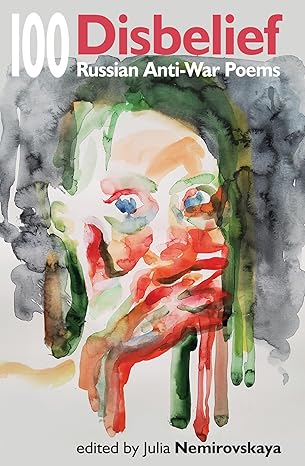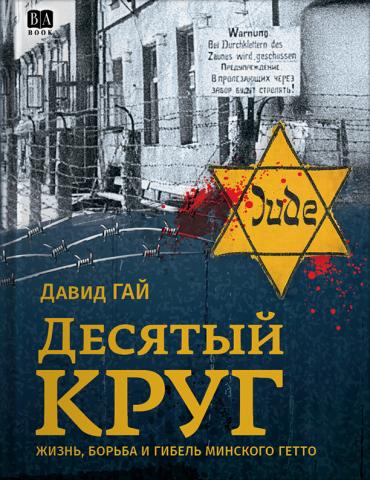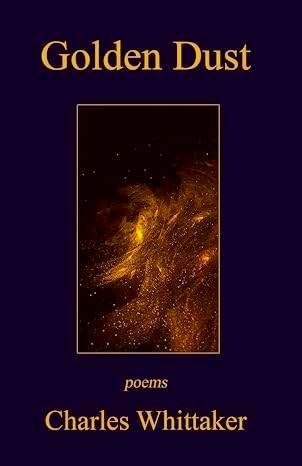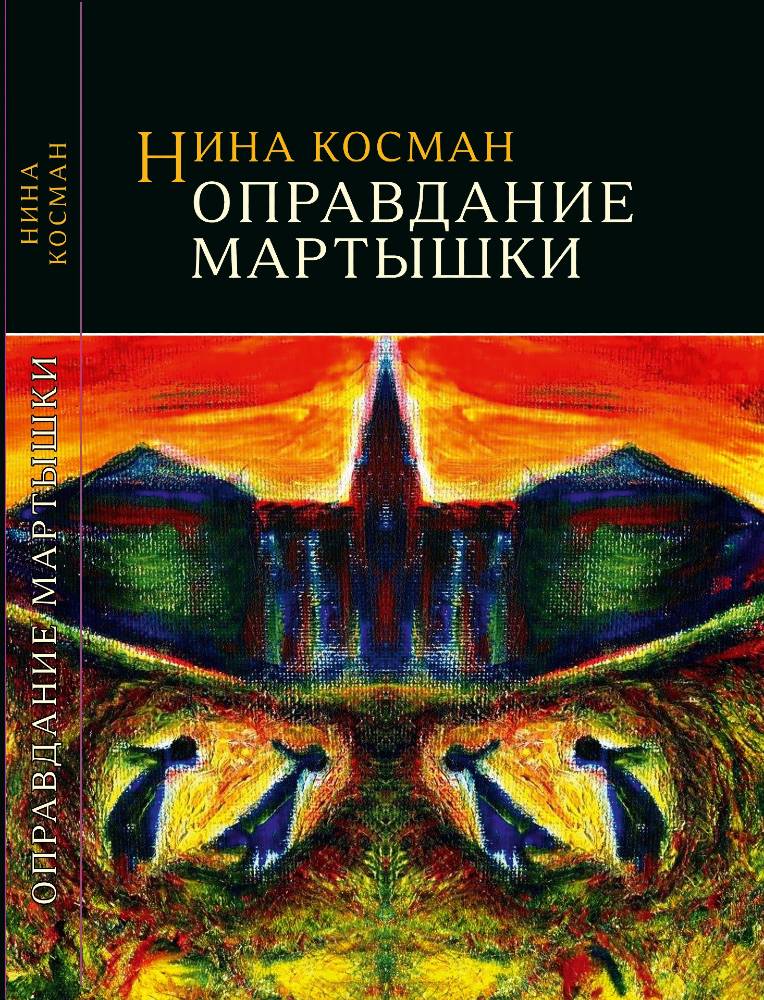FROM T.S. ELIOT’S “THE WASTELAND” TO BRODSKY’S “FIN DE SIÈCLE”
The best way to discover (or rediscover) T.S. Eliot’s “The Waste” Land is to listen to the tape of Eliot’s own reading. T.S. Eliot uses several languages in his poem, namely French, German, and Italian, as well as lines and pieces from a variety of authors, creating extraordinary sound glossolalia. This phenomenon of glossolalia was probably felt by T.S. Eliot as something very germane for the oncoming times. With the beginning and the end of World War I, the old structure, internally or externally, collapsed, and there were some new and “unreal” sounds in the dusty air of the times. This longer poem cannot be approached with the usual criteria of composition. In a way, it does not make sense as a whole connected piece, even in the sense of a poetic piece where purely logical development may not be the most important driving force. Still, the longer poem, which “The Waste Land” certainly is, is somewhat closer in its plot to a short novel rather than to a typical lyrical poem. I am not talking about the plot in terms of the development of the characters and the conflict between them.
What allows one to penetrate the moving surface of the poem is reading it aloud. Curiously, this affected me even more than listening several times to T.S. Eliot’s own reading. That happens when one subjects oneself to at least an echo of a magic moment that once was passing through the brain and muscles of an artist, creating an amazing effect of connection or even participation in the creation. Only by submerging into the sound structure of this poem is it possible to approach the real comprehension of the disturbance that possessed the author at this time and allowed him to empirically—which is, poetically—envision the coming century. “The Waste Land” is an emotional and hence an artistic prophecy. Therefore, one can call “The Waste Land” a prospective look at the time, whereas “Fin de Siècle” is a retrospective one.
“Fin de Siècle” by Joseph Brodsky was written in Russian in 1989 and published shortly before his death in Russian and English. For Brodsky, it was rather a personal prophecy.
Both artists address the same issue: time, particularly the twentieth century and the modern times. T.S. Eliot expressed irrational anxiety in front of the emerging new monster, the new reality of the twentieth century, and new times. Brodsky looked back virtually at the same period but mainly from his own perspective and, as he usually did, used generational concepts mostly to make his point.
The road between “The Waste Land” and “Fin de Siècle” is the route of eschatology. The circle is completed now and going into the next loop.
The segment of the road between “The Waste Land” and “Fin de Siècle” is long, from 1922 to 1994—the year when Brodsky’s longer poem became available in English. In other words, it’s someone’s lifetime. In fact, that someone happens to be my father, who was born to my grandparents of Jewish Polish origin in Siberia in 1921, and he died in Moscow in 1994. I have made my home in America for almost a quarter of a century now. That is where my children grew up and family continues its existence. From the point of view of the evolution of civilizations for my family, there was a stop in Russia from 1915, when my grandparents arrived from Poland, until 1981, when my immediate family, with two children, boarded an Aeroflot plane in Moscow and left for Vienna. “Unreal cities!”
This includes about seventy years, the Russian period for the family. This stretch is the period of our lives, the life of my generation. This “segment” of the road is the twentieth century, our century. The twenty-first century will not be ours but someone else’s.
The two major poems we discuss may serve as landmarks of the century: one at the entrance and another at the exit. They are written by two great poets, and two Nobel laureates. T.S. Eliot was vortexed into the rapidly evolving century, primed by World War I. Eliot tried to be a man of the nineteenth century, a European, an Englishman who sensed the mortifying, freezing draft of the emerging century. He was still trying to hold on to the remnants of the familiar homey culture and civilization.
Civilization, in one of Webster’s definitions, is: “refinement of thought, manners, or taste.” Joseph Brodsky, the real son of this century, never seemed to have any illusions about what was happening; he was the street-smart “former prisoner” and had no illusions about the tastes of the epoch and its movers and shakers, mostly carnivorous. He amazingly found refuge in a more classical tradition. One of the interesting aspects of this comparison: the style of “The Waste Land” is much more modernist than Brodsky’s formal and architecturally precise poem, although that applies to Brodsky’s style in general. Sometimes it looked forced, exercise-like, in some obligatory rhymed English language poems, for instance.
It is very interesting that T.S. Eliot, an American, gravitated to Europe, as did many others of his American compatriots at the time: Ezra Pound, Robert Frost, Ernest Hemingway, and Henry Miller. Paradoxically, Brodsky, blessed and formed by his genius, by Akhmatova, and by the historically right moment, found himself in America after a brief stop in England.
Relatively recently, even as late as after World War II, whether it was right or wrong, America was considered a somewhat cultural backyard compared to England and the rest of Western Europe. I believe that it was still felt at the time of Sylvia Plath and her generation. After a short visit to England, Brodsky conquered America with some reference help from W.H. Auden and I. Berlin. Strangely, from a historical point of view, the role of the immediate propelling force was played by the shortsighted, feeble, and aging monster of the Soviet authorities who expelled Brodsky from the Soviet Union in 1972.
T.S. Eliot’s immediate impulse and background for the writing of “The Waste Land” was his personal turmoil and, to a great extent, the irrationally fearful expectation of the forthcoming events of a yet unseen cultural and psychological magnitude.
For Brodsky, “Fin de Siècle” is a summary, so typical for him, of the personalized lamentation dressed in a highly organized, almost geometrical form of the tercets. In fact, I believe that the form in which both poems are shaped is the most direct and pure approach to understanding both artists and seeing the backdrop of the times against which they drew their respective masterpieces.
Eliot’s fragmentation, glossolalia, almost gibberish, reflects his desperation and actual psychological and nervous breakdown. Joseph Brodsky certainly had good reasons for such a tone, and yet his poem is a much more controlled and premeditated piece of art than “The Waste Land”. I believe that the incredible strength of Eliot’s poem takes its energy from the almost subconscious disturbance of this relatively young poet. It is a very different impulse from Brodsky’s mature and introverted lamentation in “Fin de Siècle”.
Someone compared “The Waste Land” to a jigsaw puzzle where all the pieces are different and scattered, and some force creates this unifying effect with a phenomenon of almost shamanic or pagan force. In fact, “The Waste Land” is a multilingual and even ecumenical piece. Some of the strongest parts start on line 360: “Who is the third who walks always beside you? – when I count, there are only you and I together” and ending with “falling towers – Jerusalem, Athens, Alexandria, Vienna, London – Unreal.”
There are many pieces like this when one does not necessarily have to understand a specific reason for a certain image, but they still render a deep feeling of extreme relevance, pertinence, and timeliness. This reflects very adequately the surrealistic underpinnings of a too-realistic body of this century.
At one of his last public readings, Brodsky compared writing poetry in English with doing a crossword puzzle. That super-analytical approach also shows in his article on two poems by Robert Frost in The New Yorker several years ago. If one follows that approach, it seems that there is no limit to how thinly one can dissect a poem and, as needed, to put together masterfully all its pieces to the author’s pleasant sufficiency.
It is interesting that Brodsky’s poems in Russian, especially the early ones, contain much more spontaneity with sparks of genius scattered on the thick and cadential, wavy texture.
Although many poets, if not all (!), have written on the subject of time, only a few reflected the most essential sides of this century and were capable of reading the invisible scriptures of our times. In this respect the names of three great artists should be mentioned: Osip Mandelstam, Franz Kafka, and Paul Celan.
They reflect in their art tragedy of European, and Western civilization in the 20th Century: premonition (Kafka), personal experience of tragedy (Mandelstam, Celan). The art of these great writers in a way represents a bridge between artistic peaks of the Century, poems by Eliot and Brodsky.
Kafka is a poet and not only in his short stories but also in his novels. The visionary approach and the pulsating and vanishing texture of the substance of his language are all more relevant to the organization of poetic material. Kafka did not always know what precisely he was going to write in a certain story or piece. It feels as if it was dictated to him. It is not incidental that Paul Celan was obsessed with Mandelstam and translated many of his poems into German. The bond between Celan and Kafka is also obvious. Celan’s wonderful poem “In Prague” is apparently related to Kafka’s recurring theme and, not incidentally, deals with time.
These three artists spiritually and aesthetically belong to the “Mittel Europa,” although Mandelstam was from St. Petersburg. They all are sons of this century—its pain, its victims, martyrs, and prophets. That is why they met similar destinies: their art not completely understood by their contemporaries during their lifetime, the Acmeistic, cross-cultural, and unifying character of the genius, and an untimely end, which for some reason did not look incidental in each respective case.
All of them, in their own way, premeditated and profoundly sensed every facet of this century. The philosophical meaning and depth of the relationships between their artistic lines and destinies, complementing each other, are yet to be fully understood and analyzed. I believe that for working on such a topic, the best method would be intuitive and empirical analysis; in other words, a poetic approach. These three displaced persons were rootless “cosmopolites.” Kafka, Mandelstam, and Celan were Jews of Central-Eastern European Ashkenazi origin, creating their masterpieces in the languages of the land where they happened to be born but not completely belonging to the native culture.
The central position of these three prophets in the events of this century is different from Eliot’s and Brodsky’s, which are more observant and contemplative. Both Nobel laureates, despite their acute awareness of real life and Brodsky’s “criminal record,” were working as classics very much inside the system, in the establishment, if you will.
It is interesting that both Eliot and Brodsky were misplaced as well and lived most of their lives in countries that were not the ones of their origin. This phenomenon of misplacement and disjointment is a characteristic feature of modern times. It feels as if Brodsky could almost write in any language he would rationally choose, which would suit him better historically, at any moment.
Let’s look at the direct statements by Brodsky in his poem: “It so happens, I can’t – stand time that moves on. Time stands still, I still – can’t stand. Like a solid facade, whose style – echoes now as a stockpile, – now a chess board.” The English and Russian language versions of this poem are written in orderly tercets with three rather close rhymes in each stanza. In addition, the third line in each stanza has about half of the syllables of the previous ones, with several variations.
This is an amazing difference from the beautiful irregularity of “The Waste Land”. The unifying factor in “The Waste Land” is the energy of disturbance, fear, and worry for civilization. On the other hand, “Fin de Siècle” is a personal poem that partially does not live up to the expectations claimed by the topic, issue, and title.
It is particularly interesting to follow the transformations that occurred with Eliot and Brodsky during their creative careers. I am referring to the relative conformism of T.S. Eliot during his “establishment” period, namely during his time lecturing in England and writing essays from the positivist, objectivist, and liberal points of view. According to Nadezhda Mandelstam, Eliot was catering to the left-wing “liberal” elite audience in European and particularly English universities at the time. She criticizes T.S. Eliot in her famous “second book” for this historical shortsightedness and cultural elitism. Apparently, T.S. Eliot as a great poet was more truthful, bold, and sensitive in a historical sense than Eliot the thinker and academician. On the other hand, Joseph Brodsky, who in his art sometimes shifts into a self-centered, contemplative, and even pathetic direction, although always with the power-play of a genius, remains a very sober, down-to-earth, and mature thinker. It is a different generation and a different life experience.
“The Waste Land” is an emotional outcry of an artist representing the whole geological, cultural layer of people who, shortly, either perished or were completely misguided or self-blinded. Their civilization as they knew it was about to collapse.
Brodsky’s poem, like many of his works, is a crystalline, impeccable, but very personal and introverted reference. Is it conceivable that T.S. Eliot, Midwesterner turned New Englander, an Englishman, a nineteenth-century person, was a warmer (kinder?) soul than his Nobel laureate successor? Who knows what influenced a growing boy on the banks of the big river in St. Louis and going for summer vacations to New England? As it is well known, T.S. Eliot felt as a New Englander in St. Louis and in New England as a Midwesterner, in the United States as an Englishman, and in England as an American.
Brodsky was born in the family of a former Soviet Navy officer, later photographer, in an architecturally and geometrically impeccable city—cold, windy, and frozen for a large part of the year. Eliot was significantly influenced by the restless and ruthless genius of Ezra Pound; Brodsky was growing up next to the grand architectural beauty of Anna Akhmatova and seasoned himself on translations of the English metaphysical poets, John Donne in particular.
It is not incidental that Eliot somehow represented almost subconscious sentiments of his class, of his cultural layer, whereas Brodsky speaks only for himself and the culture in a much broader sense thanks to his Acmeistic roots. But perhaps that is exactly how the twentieth century taught us to live and to survive: only to take care of ourselves.
